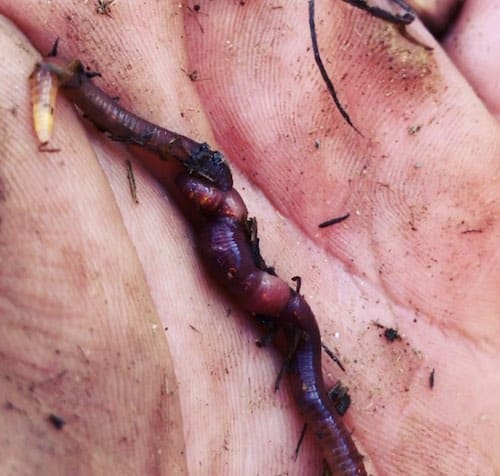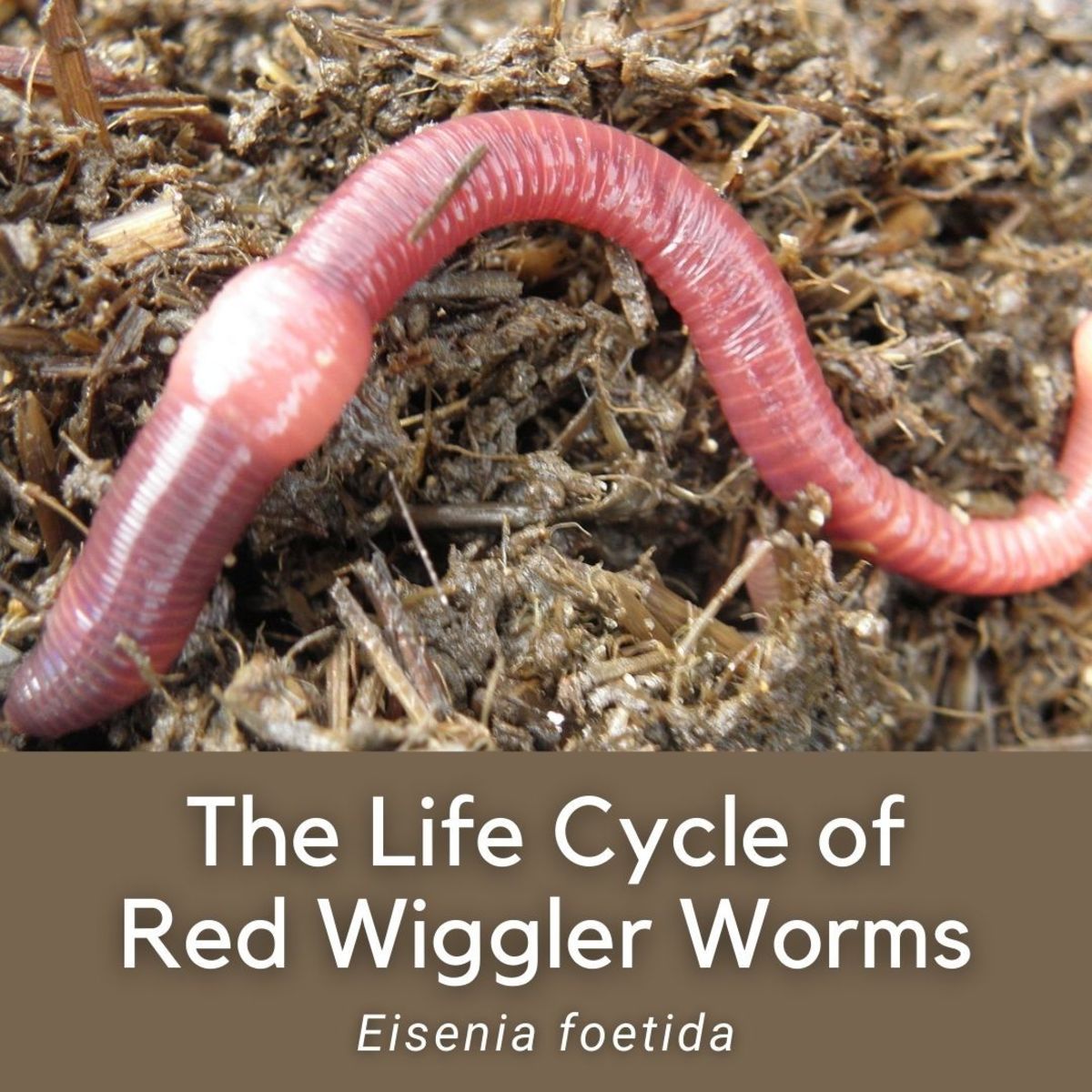Red Wiggler Worms - Vital for Healthy and Productive Gardens
Red Wiggler Worms - Vital for Healthy and Productive Gardens
Blog Article
Red Wiggler Worms Demystified: Unlocking the Secrets of Vermiculture for Greener Living and Nutrient-Rich Soil
In the world of sustainable practices for enriching soil top quality and promoting eco-conscious living, red wiggler worms play a pivotal yet often ignored duty. Red Wiggler Worms. Recognizing the complexities of caring for these worms, maximizing their environment, and utilizing their spreadings can lead to a greener way of living and healthier dirt for plants to thrive.
The Function of Red Wiggler Worms
Red Wiggler worms play a vital function in composting systems by effectively breaking down raw material into nutrient-rich castings. These ravenous eaters eat a variety of organic products, such as kitchen scraps, lawn waste, and paper items. As they feed, the worms' digestive procedures break down the raw material into a fine, dark, and nutrient-dense product called worm castings or vermicompost.
The castings created by Red Wiggler worms are extremely beneficial for soil health and wellness and plant development. They are rich in crucial nutrients like potassium, phosphorus, and nitrogen, which are vital for supporting healthy plant advancement. Furthermore, worm spreadings have advantageous microorganisms and enzymes that assist enhance dirt structure, boost water retention, and improve nutrient uptake by plants.
Advantages of Vermicomposting

It improves soil framework, enhances soil oygenation, and increases soil wetness retention. Vermicompost also enriches the soil with crucial nutrients like nitrogen, phosphorus, and potassium, promoting plant growth and general dirt fertility.
Additionally, vermicomposting supports sustainable horticulture techniques by offering a chemical-free and all-natural option to synthetic fertilizers. Red Wiggler Worms. This eco-friendly approach not only enhances the dirt yet additionally helps minimize dependence on damaging chemicals, advertising a greener and extra lasting means of horticulture
Establishing a Worm Container
When developing a worm container for vermicomposting, correct arrangement is crucial to make sure the success of the composting process. The very first step in setting up a worm bin is choosing an ideal container. This can be a plastic container or wooden box that supplies sufficient area for the worms to walk around and has proper drainage openings to prevent waterlogging. Next, a bed linens product such as shredded paper, cardboard, or coconut coir must be contributed to the bin. This bed linens gives a comfortable setting for the worms and helps maintain moisture levels.
After adding the bed linen, introduce the red wiggler worms to the bin. It is advised to begin with a handful of worms and gradually raise as they multiply. The worms should then be offered with food scraps such as fruit and vegetable peels, coffee premises, and eggshells. It is important to avoid including meat, dairy, oily, or salty foods to stop attracting insects and developing undesirable odors.
Consistently monitor the dampness levels and temperature level in the worm bin to make certain optimal conditions for the worms. With appropriate setup and upkeep, the worm bin will properly convert this page natural waste right into nutrient-rich compost for your plants and yard.
Harvesting Worm Spreadings
To efficiently gather nutrient-rich worm castings from your vermicomposting system, a systematic harvesting approach is important. When it comes time to collect the worm castings, there are a couple of key actions to comply with to ensure a successful procedure. Stop adding fresh food scraps to one side of the worm bin for a pair of weeks before gathering. This urges the worms to migrate to the side with fresh bed linen and food, making helpful hints it easier to scoop out the spreadings from the opposite side.

Troubleshooting Common Issues
Identifying and dealing with typical difficulties that may occur during the vermicomposting procedure is essential for maintaining a effective and healthy and balanced worm bin. One common issue that vermicomposters experience is overfeeding. Including excess food scraps can result in a build-up of wetness and level of acidity in the worm container, potentially harming the worms. To stop this, feed the worms in small amounts, making certain that the food scraps are sufficiently broken down prior to including much more. Another concern is undesirable odors emanating from the worm container. Foul scents indicate anaerobic conditions, typically triggered by overwatering or insufficient ventilation. To remedy this, readjust the wetness levels by including dry bedding materials like shredded newspaper or cardboard and rise aeration by transforming the bed linen regularly.
Additionally, if the worm populace is decreasing or the worms appear harmful, maybe because of environmental stress factors such as extreme temperature levels or pH degrees. Checking these elements and making essential adjustments is crucial for the well-being of the worms. By repairing these common problems immediately, vermicomposters can ensure a effective and smooth vermicomposting procedure while preserving a flourishing worm population.

Verdict
To conclude, red wiggler worms play an essential role in vermiculture by breaking down organic matter into nutrient-rich this link dirt. The advantages of vermiculture consist of greener living and enhanced dirt quality. Setting up a worm bin is important for successful vermiculture, and harvesting worm spreadings gives useful compost for gardening. By understanding and troubleshooting common concerns, people can unlock the secrets of vermiculture for lasting living and much healthier dirt.
As they feed, the worms' digestive processes break down the natural issue into a penalty, dark, and nutrient-dense product understood as worm castings or vermicompost.
The spreadings produced by Red Wiggler worms are very valuable for soil health and plant development. Including excess food scraps can lead to an accumulation of moisture and level of acidity in the worm bin, possibly harming the worms.Furthermore, if the worm population is declining or the worms appear undesirable, it could be due to ecological stressors such as extreme temperature levels or pH levels. Establishing up a worm container is crucial for successful vermiculture, and harvesting worm spreadings provides valuable compost for gardening.
Report this page